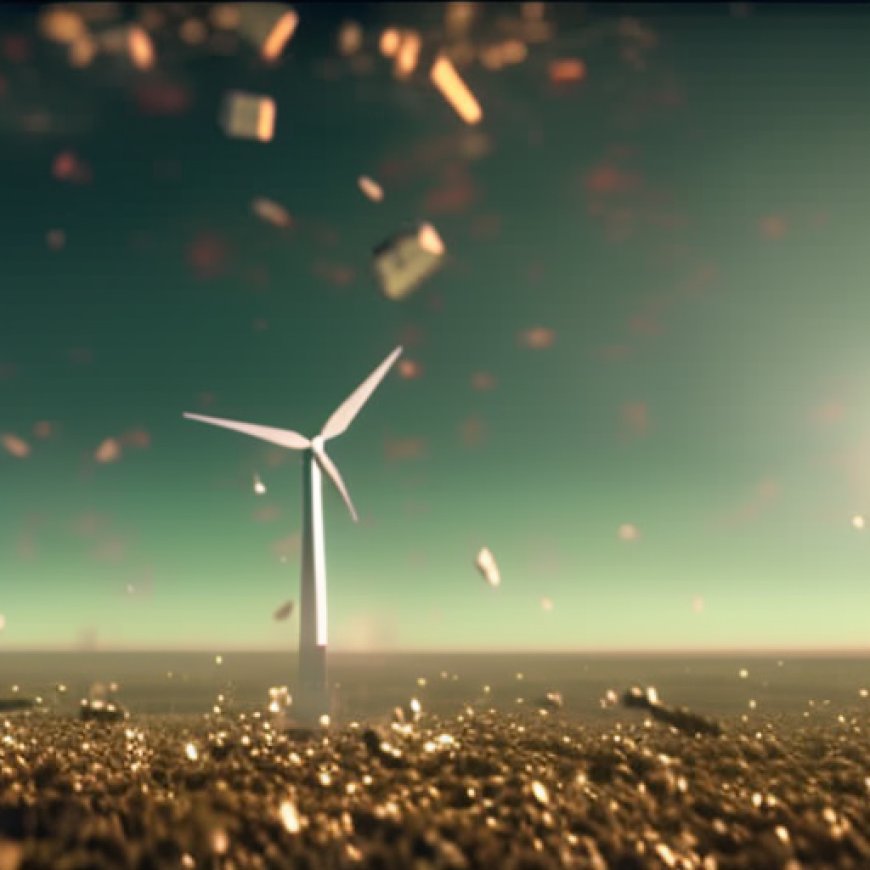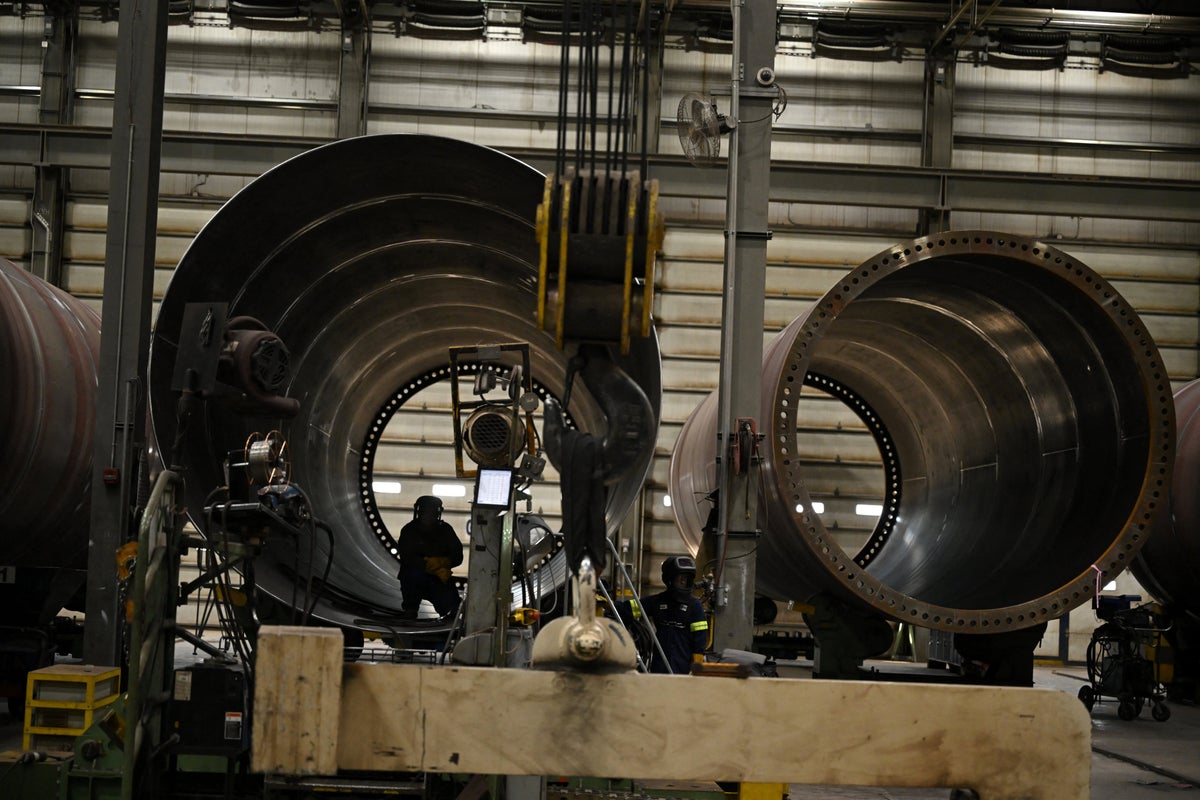Renewable Energy Shatters Records in the U.S.
Renewable Energy Shatters Records in the U.S. Scientific American


Renewable Energy Breaking Records Across the U.S.

Introduction
Renewable energy is making significant strides in the United States, with wind and solar power accounting for a substantial portion of electricity production in various regions. These achievements align with the Sustainable Development Goals (SDGs) set by the United Nations to promote sustainable development worldwide.
Record-Breaking Renewable Energy Generation
- Texas: Last Friday, wind and solar power contributed to 76 percent of electricity production in Texas’ primary power grid.
- New England: The following day, New England set its own record, with 45 percent of its power coming from wind, solar, and hydropower.
- Midwest: Grid operators reported record solar generation in the Midwest.
- New York: Record wind generation was observed in New York.
- Mid-Atlantic: The mid-Atlantic region also experienced record renewable generation.
The Evolving Power System
While these records represent specific moments in time, they collectively demonstrate the progress of the power system towards renewable energy sources. Notably, wind energy generated almost twice as much electricity as coal on Texas’ grid last year, and rooftop solar consistently surpasses other forms of generation in New England on sunny days. Even gas- and coal-rich grids like PJM Interconnection have observed a shift towards renewable energy, with their top 10 days for solar generation occurring within the last two months.
Factors Driving Renewable Energy Growth
- Changing Season: Mild spring temperatures reduce electricity consumption for heating and cooling, allowing for a higher percentage of green energy on grids.
- Robust Renewable Growth: Developers installed 60 gigawatts of new solar capacity between 2019 and 2023, double the amount installed in previous years. Wind capacity also increased by 57 percent during this period.
- Supply Chain Easing: Improved supply chain conditions and federal tax credits for clean energy have accelerated the growth of renewable energy installations. In 2023, the U.S. installed a record-breaking 32.7 GW of new battery, solar, and wind capacity.
Challenges and Future Outlook
While the recent renewable energy records are encouraging from a climate perspective, they may not be sufficient to achieve emission reduction targets. The Rhodium Group estimates that the U.S. needs to install between 32 GW and 95 GW of new wind and solar capacity annually through 2035 to significantly cut emissions.
Grid operators are also concerned about their ability to meet projected increases in electricity demand due to factors such as data center expansion, electric vehicle adoption, and heat pump usage. Without faster growth in renewables, there is a risk of energy supply shortages in various regions.
Addressing Challenges and Expanding Renewable Resources
Connecting new renewable energy projects to the grid faces obstacles such as clogged interconnection queues, siting limitations, and transmission constraints. However, recent installations in Texas and California demonstrate the potential for rapid progress. ERCOT has added over 14 GW of new solar capacity since 2020, while California Independent System Operator has incorporated nearly 7.5 GW of battery capacity between 2021 and 2023.
These achievements highlight the need to accelerate the deployment of renewable resources to meet sustainability goals and ensure a reliable energy supply for the future.
Conclusion
The increasing contribution of renewable energy to electricity generation in the U.S. signifies progress towards a more sustainable power system. However, further efforts are required to meet emission reduction targets and address rising electricity demand. By prioritizing the expansion of renewable resources and overcoming existing challenges, the U.S. can continue its transition towards a cleaner and more resilient energy future.
SDGs, Targets, and Indicators
-
SDG 7: Affordable and Clean Energy
- Target 7.2: Increase substantially the share of renewable energy in the global energy mix.
- Target 7.3: Double the global rate of improvement in energy efficiency.
The article discusses the increasing contribution of wind, solar, and hydropower to electricity production in different regions of the United States. This aligns with SDG 7, which aims to ensure access to affordable, reliable, sustainable, and modern energy for all. The targets mentioned in the article highlight the need to increase the share of renewable energy and improve energy efficiency.
Indicators:
- Percentage of electricity production from renewable sources.
- Rate of improvement in energy efficiency.
-
SDG 13: Climate Action
- Target 13.2: Integrate climate change measures into national policies, strategies, and planning.
- Target 13.3: Improve education, awareness-raising, and human and institutional capacity on climate change mitigation, adaptation, impact reduction, and early warning.
- Target 13.b: Promote mechanisms for raising capacity for effective climate change-related planning and management in least developed countries and small island developing states.
The article highlights the need for renewable energy growth to drive down emissions and meet the expected increase in electricity demand. This relates to SDG 13, which aims to take urgent action to combat climate change and its impacts. The targets mentioned in the article emphasize the integration of climate change measures into policies and planning, as well as the promotion of capacity-building for climate change-related planning and management.
Indicators:
- Percentage reduction in emissions compared to 2005 levels.
- Number of renewable energy projects integrated into national policies and planning.
- Number of capacity-building initiatives for climate change planning and management.
-
SDG 9: Industry, Innovation, and Infrastructure
- Target 9.4: Upgrade infrastructure and retrofit industries to make them sustainable, with increased resource-use efficiency and greater adoption of clean and environmentally sound technologies and industrial processes.
- Target 9.5: Enhance scientific research, upgrade the technological capabilities of industrial sectors in all countries, in particular developing countries, including, by 2030, encouraging innovation and substantially increasing the number of research and development workers per 1 million people and public and private research and development spending.
The article mentions the installation of new solar and wind capacity, as well as battery storage, to meet the growing electricity demand. This aligns with SDG 9, which aims to build resilient infrastructure, promote inclusive and sustainable industrialization, and foster innovation. The targets mentioned in the article emphasize the need to upgrade infrastructure, adopt clean technologies, and enhance scientific research and technological capabilities.
Indicators:
- Amount of new sustainable infrastructure installed.
- Number of research and development workers per 1 million people.
- Public and private research and development spending.
| SDGs | Targets | Indicators |
|---|---|---|
| SDG 7: Affordable and Clean Energy |
|
|
| SDG 13: Climate Action |
|
|
| SDG 9: Industry, Innovation, and Infrastructure |
|
|
Behold! This splendid article springs forth from the wellspring of knowledge, shaped by a wondrous proprietary AI technology that delved into a vast ocean of data, illuminating the path towards the Sustainable Development Goals. Remember that all rights are reserved by SDG Investors LLC, empowering us to champion progress together.
Source: scientificamerican.com

Join us, as fellow seekers of change, on a transformative journey at https://sdgtalks.ai/welcome, where you can become a member and actively contribute to shaping a brighter future.







